Potty Training My Toddler: What I Wish I Knew
When I first heard about potty training, I imagined it like this:
A weekend plan, a few toddler-friendly tricks, and boom—I thought going diaper-free would be a dream.
Reality? It was far from it.
Potty training turned out to be one of the most humbling, hilarious, and growth-filled chapters of my parenting journey. Potty training was less about where to pee and more about trust, routine, and embracing the messy moments.

Let me take you inside what really happened.
Choosing to Start: The Signs and Second Thoughts
My toddler was around two when I noticed the signs—longer dry spells, hiding to poop (a classic), and showing interest in what we were doing in the bathroom. Experts called these promising signs, so I assumed we were good to go.
Spoiler: I wasn’t.
I went in armed with potty chairs, sticker charts, and advice from friends. What I quickly realized is that every child is unique—what worked for another mom’s toddler didn’t suit my energetic, fiercely independent little one.
Our Setup: The Chair, the Chart, and the Chaos
We let him choose his potty chair—he picked a bold red one and was instantly obsessed. To make it exciting, we gave the potty a fun name. I also put together a sticker chart and stocked up on rewards—shiny stars, his favorite treats, and lots of high-fives.
For the first few days, the potty was more of a toy. He sat on it fully clothed, placed toy cars inside, and proudly announced, “Look, Mama! Potty truck!”
Progress? Not yet. But curiosity was a good start.
Ups and Downs: Small Wins, Big Setbacks
We eventually had our first successful attempt—We celebrated like we’d just won a gold medal. But soon after, the setbacks rolled in. He’d do great for two days, then suddenly want nothing to do with the potty. Accidents popped up—during car rides, mealtimes, and even right in the middle of a family video call.
At one point, I questioned whether we had started too early. But I realized it wasn’t about rushing. It was about staying calm, consistent, and encouraging without pressure.
What Worked for Us
Here’s what finally helped:
-
Routine: We timed potty breaks with key transitions—after waking, before bed, after meals. It gave structure and made the habit easier.
-
Ownership: Letting him choose his own potty chair—and even the wipes—gave him a sense of independence and control over the process.
-
No Punishment for Accidents: We treated every accident as a normal part of learning. I resisted the urge to get frustrated and instead said, “It’s okay! Let’s clean up and try again next time.”
-
Celebration Over Pressure: We celebrated every effort, not just the wins. Sat on the potty? That’s a star. Tried again after a mishap? Another star. Because every step forward counted.
The Breakthrough Moment
One day, he quietly walked into the bathroom and used the potty by himself. No prompting. No reward chart. Just confidence.
That moment hit me hard. Not just because it worked—but because I saw how much he had grown. It wasn’t just about mastering a bathroom routine—it was a powerful reminder of how independent and capable he was growing.
What I Learned as a Parent
Potty training taught me that parenting isn't about getting it "right" the first time. It's about showing up—even when you're cleaning up the third accident of the day.
It’s about embracing imperfect progress, being patient through the frustrations (theirs and yours), and realizing that these small milestones are actually huge victories for you both.
Final Thoughts
If you're about to begin potty training, here’s my advice:
-
Be flexible with expectations.
-
Make it fun, not fearful.
-
Celebrate effort, not perfection.
-
Don’t compare your child’s journey to someone else’s.
-
Most importantly—remember you’re learning too.
Diapers come and go, but it’s these parenting moments—full of patience, connection, and unexpected joy—that leave a lasting mark.
Potty trained? Yes, in time.
Bonded? More deeply than ever.
